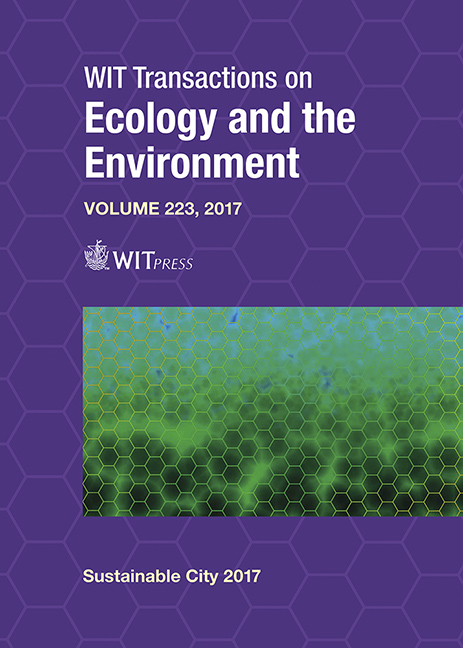A COMPARATIVE ANALYSIS OF THE LEVEL OF URBAN RESILIENCE IN THE CITY COMPREHENSIVE PLAN
Price
Free (open access)
Transaction
Volume
223
Pages
10
Page Range
517 - 526
Published
2017
Size
296 kb
Paper DOI
10.2495/SC170451
Copyright
WIT Press
Author(s)
KIM MIN-SEOK, YOU-MI JEON, JEA-SUN LEE
Abstract
In recent years, due to rapid changes in society, and climate change, cities have experienced difficulties in predicting various types of upcoming hazards and stresses. Uncertainties about the nature and extent of risks are increased especially when it comes to cities where interactions exist among various elements including human, society, economy, and culture. Considering limited prediction on inherent crises and difficulties in reaction plans, resilience strategy should be implemented prior to prevention strategy. The purpose of this study is to compare urban resilience levels of comprehensive plans for metropolitan areas with a population of over 1 million. Resilience measurements of capacity of resistance, adaptation, and recovery from external shocks and stresses will be applied to evaluate the level of urban resilience of cities in Korea. For the method of the study, it defined concepts of urban resilience through literature review, and derived indexes for urban resilience using preceding researches and case studies. Then, it developed detailed assessment indexes for evaluation of urban resilience level, and, finally, it evaluated and compared urban resilience level of comprehensive plans, using derived assessment indexes. As a result of the study, it suggested 56 assessment indexes and checklists in 8 sectors including land use plan, urban and residential environment, infrastructure, and more. The result of this study can be used as a base data for the future comprehensive plans when developing resilient cities.
Keywords
urban resilience, indicator, city comprehensive plan, checklist analysis





